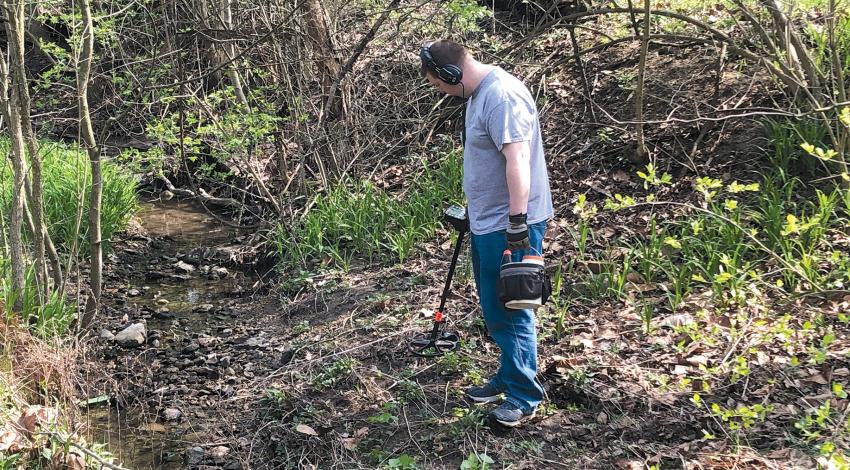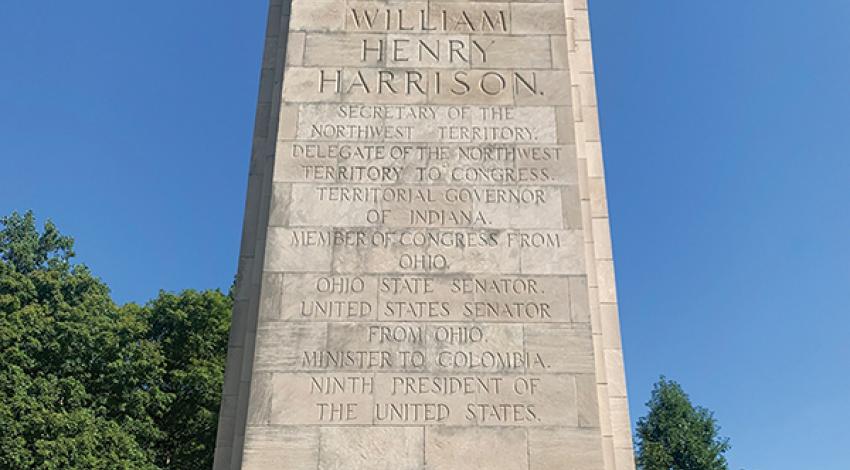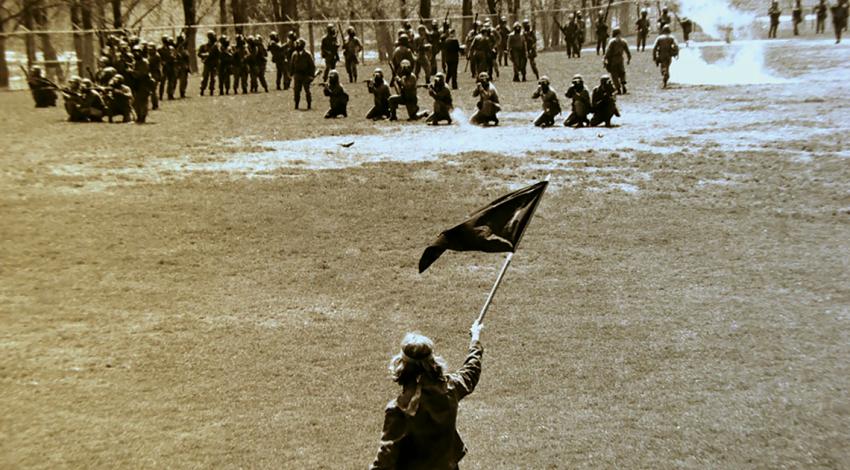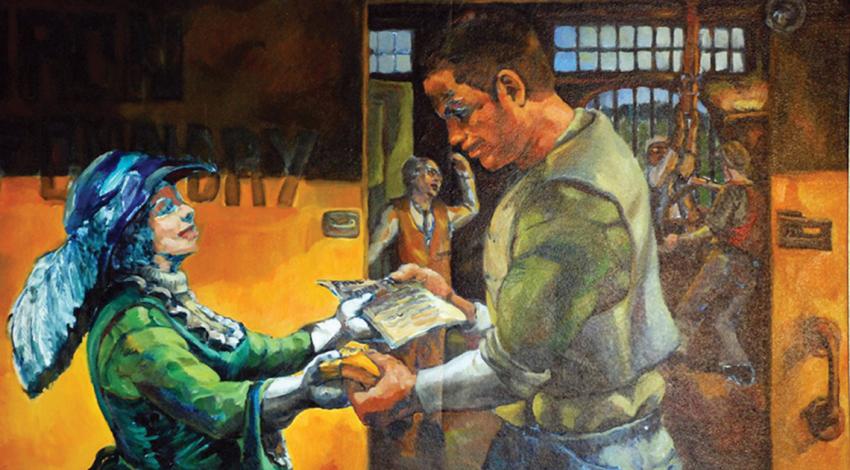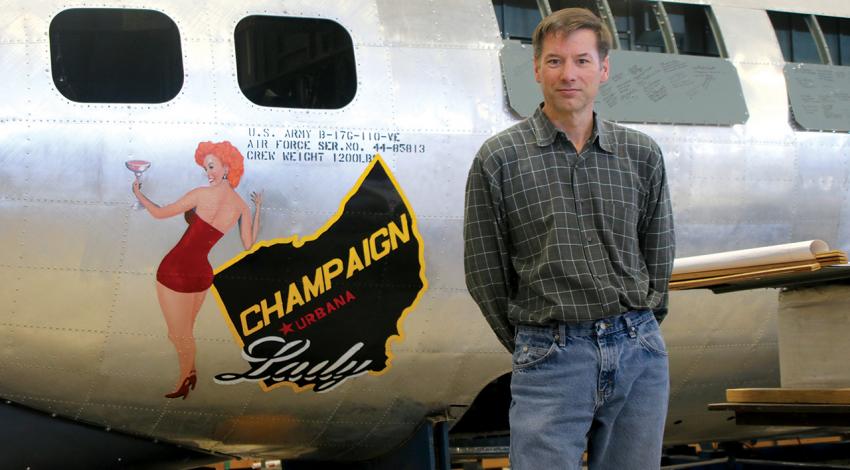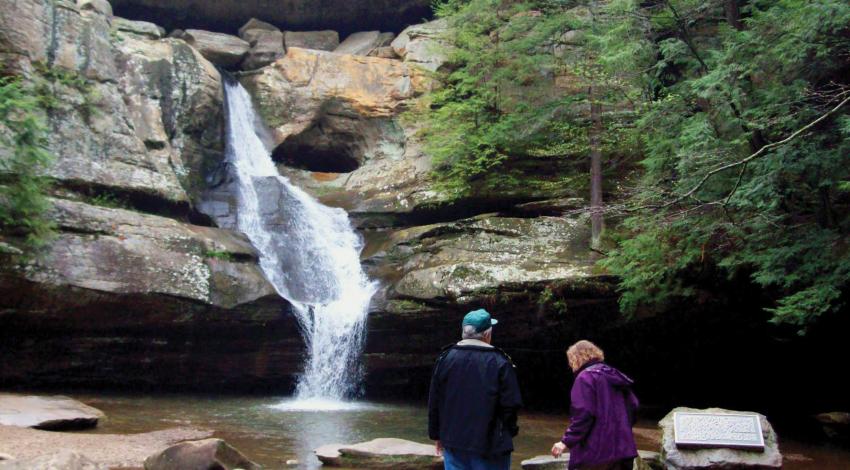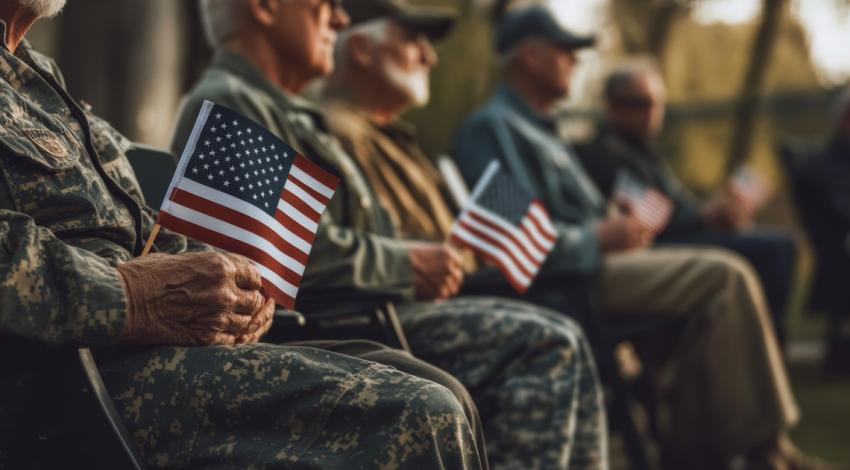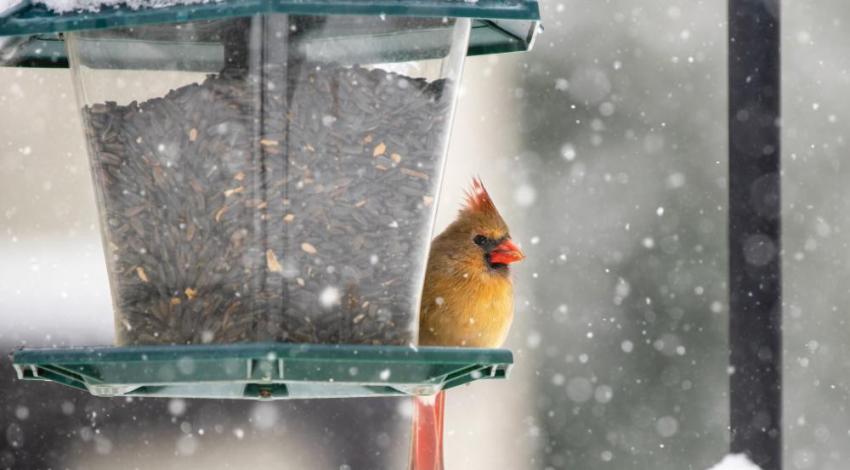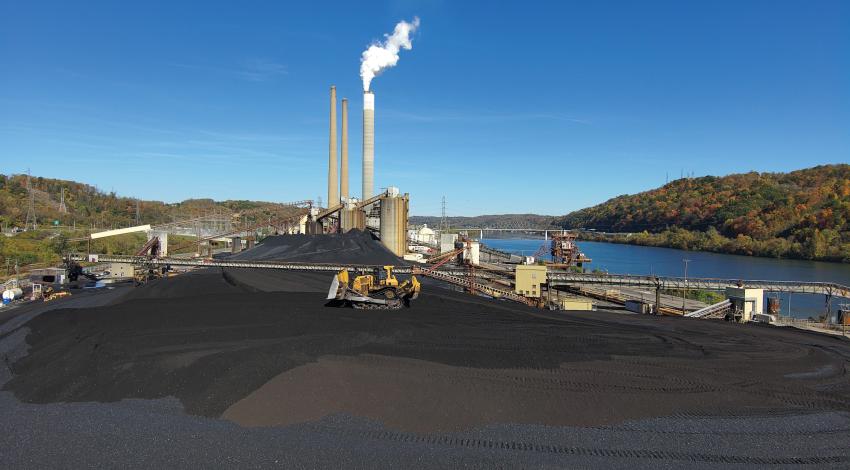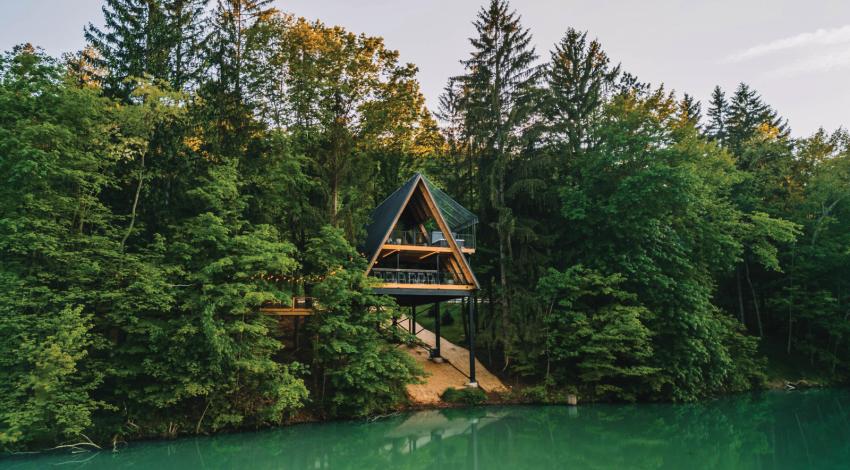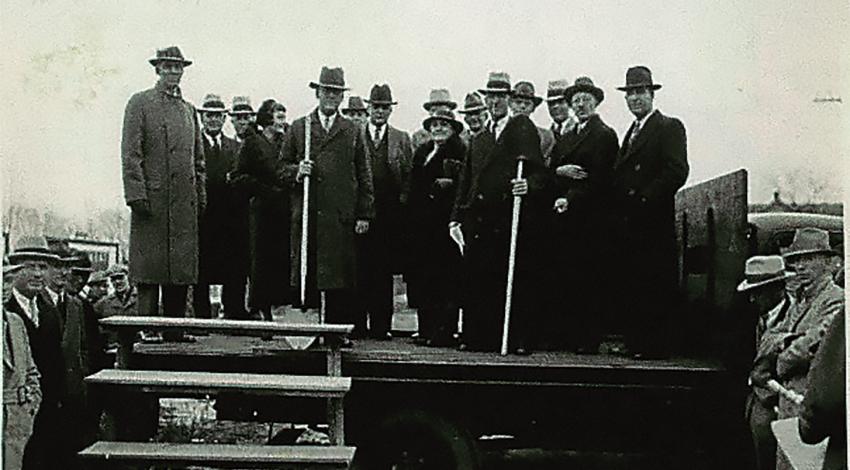Ask Artie Schaller how many stars the American flag had in 1869, and he instantaneously answers, “Thirty-seven.” The question would stump most people, but Schaller has a distinct advantage: He grew up in a family business that’s one of the nation’s oldest flag manufacturers
Although National Flag produces more than a million flags and banners annually, it remains a small, customer-oriented business, with 21 employees. “They’ve been here an average of 17 years, and six have been with us more than 30 years,” says Schaller. Phone calls to the company are answered by a real person, and the public is welcome to walk into its factory building in Cincinnati’s West End and purchase flags at the front office’s service counter.

